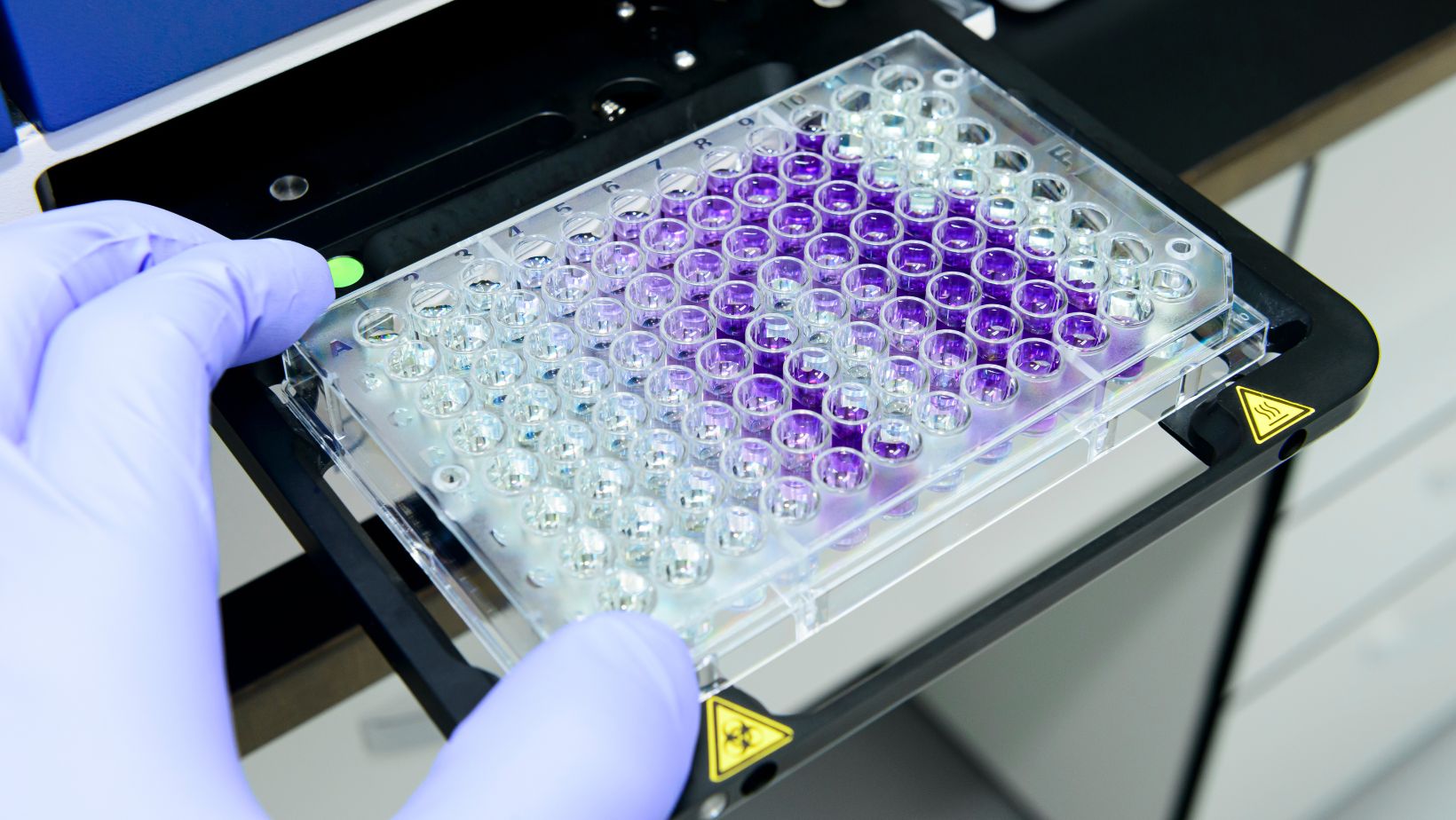Ever wondered how scientists test hundreds of samples in one go? Or why tiny wells in a plastic plate can hold the secrets to groundbreaking discoveries? Meet the unsung hero of labs worldwide: microplate readers. These nifty devices are changing how we study biology, chemistry, and even environmental science—without most people even knowing their name. Let’s dive (okay, maybe peek) into how they’re shaping the future.
What Exactly Are Microplate Readers?
Imagine a toaster-sized gadget that peers into 96 tiny wells at once. That’s a microplate reader. Officially, they’re tools that detect light signals from reactions happening in microplates . These plates look like shallow trays with rows of minuscule test tubes. Scientists add samples—like blood, bacteria, or chemicals—and the reader measures color changes, light bursts, or other clues. Think of it as a detective for microscopic drama.
How Do They Work?
Simple, really. A microplate reader shines light through each well and checks what comes out the other side. If a reaction makes the sample glow (fluorescence) or block light (absorbance), the machine records it .
Some readers even catch bioluminescent flickers, like fireflies in a test tube. Modern models, like multimode readers, juggle multiple detection methods, adapting to whatever experiment a scientist throws at them.
Why Scientists Can’t Live Without Them
Time is money in research. Without microplate readers, testing 96 samples would mean 96 separate experiments. Tedious, right? These gadgets slash hours of work into minutes . For example, an ELISA reader can scan an entire plate in 6 seconds—faster than your morning coffee kick-in. Labs studying diseases, drugs, or even food safety rely on this speed to keep discoveries rolling.
Sure, they’re lab staples, but their reach goes further. Environmental scientists use them to check water pollution by spotting glowing algae toxins. Food companies test for allergens or bacteria in products. Even art historians joined the party—using them to analyze ancient pigments without damaging artifacts . Who knew a plate reader could moonlight as a history detective?
Choosing the Right Reader for Your Lab
Not all readers are created equal. Dedicated models focus on one trick, like absorbance for basic tests. Multimode ones are the Swiss Army knives—fluorescence, luminescence, and more in one box. Cost, ease of use, and future needs matter.

Berthold Technologies, for instance, offers modular systems that grow with a lab’s ambitions . But hey, the best pick depends on what you need to study, not just flashy specs.
The Future Looks Bright
Tech evolves fast. Today’s readers come with smart software that turns raw data into clear results with a few clicks . Imagine a device that not only spots a signal but tells you what it means. Future models might shrink further, making portable versions for fieldwork—think pollution checks at a riverbank or disease testing in remote villages . The possibilities? Endless.
Final Thoughts
Microplate readers are the quiet engines behind vaccines, environmental policies, and even skincare products. They turn guesswork into precision, letting scientists focus on asking “what’s next?” instead of “did I miss a sample?” So next time you hear about a medical breakthrough, there’s a good chance a microplate reader was part of the team. And if you ever spot one in a lab, give it a nod—you’re looking at a modern marvel of science.